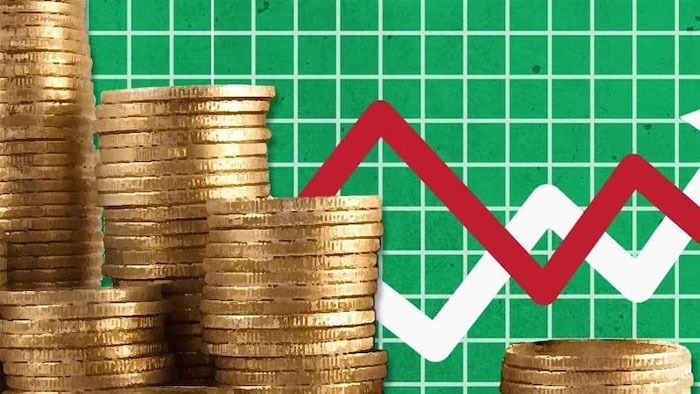(3 minutes read)
Kenya’s raw material costs rose twice as fast as consumer inflation last year in the wake of Russia’s war in Ukraine, a weakening shilling, and the worst drought in 40 years
Kenya’s raw material costs rose twice as fast as consumer inflation last year in the wake of Russia’s war in Ukraine, a weakening shilling, and the worst drought in 40 years. The producer price index (PPI), which tracks the prices businesses receive for their goods and services, rose to an average of 15 percent last year from 7.4 percent in 2021 and 0.14 percent during the peak of Covid-19 economic hardships in 2020, says the Kenya National Bureau of Statistics (KNBS).
Prices of raw materials rose faster than consumer inflation, which averaged 7.6 percent last year, triggering a squeeze in household demand for goods, particularly non-essential goods.
Read Also:
https://trendsnafrica.com/kenya-to-focus-more-on-tourism-to-up-arrivals/
https://trendsnafrica.com/kenya-continues-to-experience-inflation/
https://trendsnafrica.com/expatriates-rate-kenya-as-the-best-country-in-africa-to-settle-down/
Energy costs, including fuel and electricity, were the main drivers of the upward trend in producer prices. The war in Ukraine has sparked a major shock in commodity markets after disrupting the production and trade of several commodities including energy, fertilizers, and grains. A solid demand recovery also led to the spiraling of prices. The weakening of the local currency shilling against the Greenback also led to price rises due to import pressure.
Non-performing assets in Kenya have started rising again. Tier-1 banks have bumped up the cover for bad loans by Sh14.92 billion or 24.8 percent as the non-performing loans start rising again. The lenders’ loan-loss provision costs grew to Sh75 billion from Sh60.1 billion in 2021, according to an analysis of the nine top banks’ balance sheets in the year ended December 2022. In 2020, there was a drop of 45% in the non-performing g assets. In absolute terms, it stood at Sh109.4 billion in 2020.
Following the initial hit of the Covid-19 scourge in 2020, banks released most of their loan-loss provisions back into profits as writebacks but have now been forced to re-provision as gross non-performing loans (NPLs) tick upwards again.
Read Also:
https://trendsnafrica.com/can-kenya-afford-demonstrations/
https://trendsnafrica.com/expatriates-rate-kenya-as-the-best-country-in-africa-to-settle-down/
https://trendsnafrica.com/tanzania-and-kenya-join-hands-to-fight-counterfeit/
Data from the 2022 Tier -I banks analysis shows gross NPLs rose by 15.1 percent last year to Sh446.5 billion representing 13.4 percent of the bank’s Sh3.33 trillion loan book at the end of the period. Recent data from the Central Bank of Kenya (CBK) shows the industry’s NPL ratio hit 14 percent in February in contrast with 13.7 percent in December.





